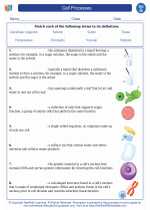Moraines
Moraines are landforms composed of unconsolidated debris, such as rock, gravel, sand, and silt, that have been deposited by glaciers. These accumulations can be found in various forms and sizes, and they provide valuable information about the past and present behavior of glaciers.
Types of Moraines
There are several types of moraines:
- Terminal Moraine: This type of moraine is a ridge of debris that marks the maximum advance of a glacier. It forms at the leading edge of the glacier.
- Lateral Moraine: Lateral moraines are found along the sides of a glacier and are formed by debris that has fallen onto the glacier from the valley walls.
- Medial Moraine: When two glaciers merge, the debris along their respective lateral moraines combine to form a single medial moraine along the center of the newly formed glacier.
- Recessional Moraine: This type of moraine forms during temporary halts in the retreat of a glacier. It marks positions where the glacier stabilized for a period before continuing to retreat.
Formation of Moraines
Moraines are formed through the process of glacial erosion and deposition. As a glacier moves, it erodes the underlying rock, picking up debris and sediment along the way. When the glacier melts or retreats, it deposits this material in the form of moraines. The size and shape of the moraines depend on a variety of factors, including the velocity and thickness of the glacier, the nature of the underlying rock, and the topography of the land.
Study Guide
When studying moraines, it is important to understand the following key points:
- Describe the formation and characteristics of different types of moraines.
- Explain the role of moraines in reconstructing past glacial activity.
- Discuss the impact of climate change on the formation and preservation of moraines.
- Compare and contrast the formation of moraines in different glacial environments (e.g., alpine glaciers versus continental glaciers).
It is also helpful to review diagrams and images of moraines to better understand their formation and appearance.
.◂Biology Worksheets and Study Guides High School. Cell processes
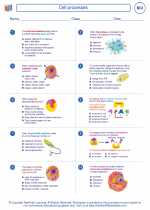
 Worksheet/Answer key
Worksheet/Answer key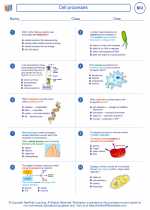
 Worksheet/Answer key
Worksheet/Answer key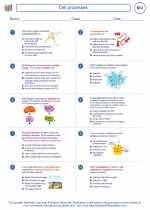
 Vocabulary/Answer key
Vocabulary/Answer key
 Vocabulary/Answer key
Vocabulary/Answer key
 Vocabulary/Answer key
Vocabulary/Answer key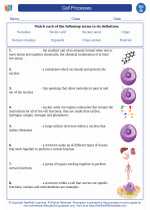
 Vocabulary/Answer key
Vocabulary/Answer key
 Vocabulary/Answer key
Vocabulary/Answer key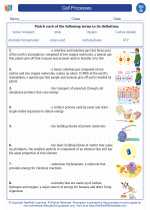
 Vocabulary/Answer key
Vocabulary/Answer key
 Vocabulary/Answer key
Vocabulary/Answer key